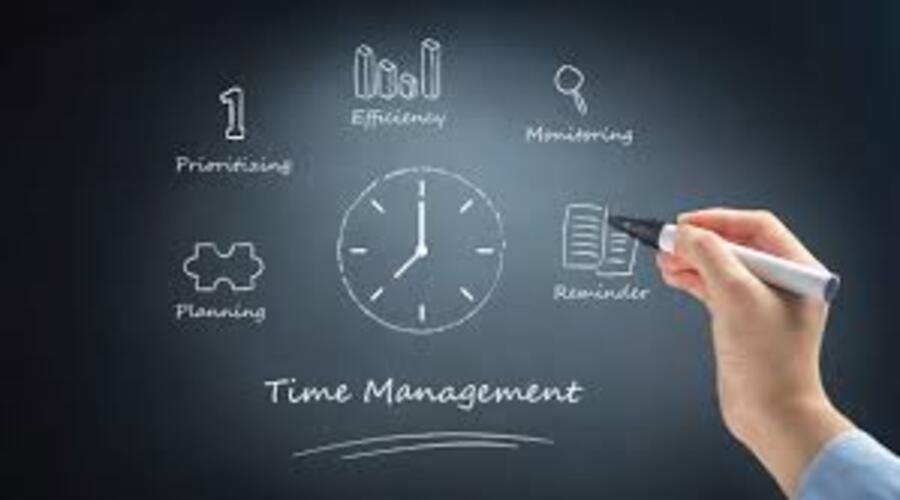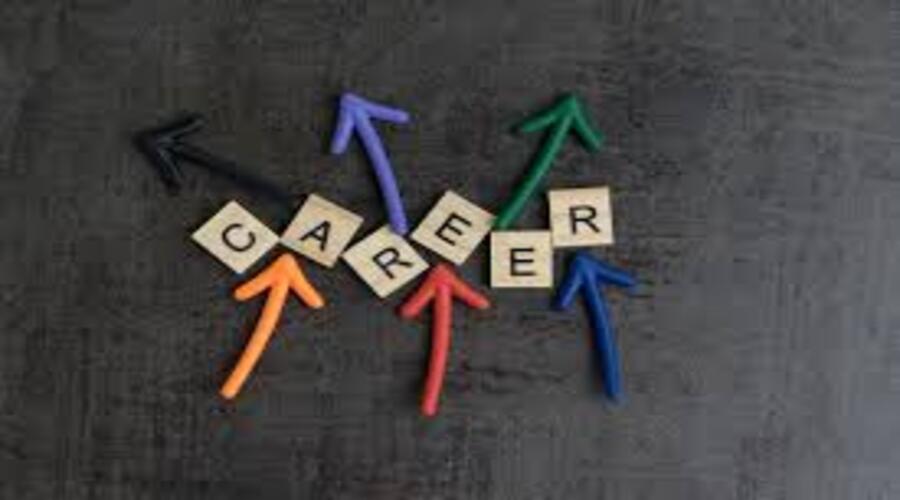Balancing work, life, and continuous learning can be challenging but is essential for personal and professional growth. Effective time management and prioritization are crucial to achieving a healthy balance. Start by prioritizing your time. Identify your most important tasks and prioritize them using tools like calendars and to-do lists to manage your time efficiently. Set realistic goals for your learning activities and break them down into manageable steps to avoid overloading yourself with too many commitments at once.
Creating a schedule is key to balancing your responsibilities. Establish a consistent schedule for work, learning, and personal activities, allocating specific time slots for studying and sticking to them as closely as possible. Regular breaks are essential to avoid burnout and maintain productivity. Use your breaks to relax and recharge. Leverage technology to maximize your learning time. Use online learning platforms and mobile apps to learn on the go and take advantage of webinars, podcasts, and audiobooks.
Learning to say no is an important aspect of managing your commitments. Politely decline additional tasks or activities that interfere with your study schedule, and remember that your education and personal development are top priorities. Reflecting and adjusting your plan is essential for staying on track. Regularly review your progress and be flexible in adjusting your study plan as needed based on your progress and any new priorities that arise.
Taking care of yourself is crucial for maintaining a healthy balance. Maintain healthy habits such as regular exercise, a balanced diet, and adequate sleep to keep your mind and body in top condition. Regular mental breaks are also important for relaxing and recharging, with activities like meditation, reading, or a short walk helping to clear your mind.
Research and case studies underscore the importance of these strategies. A study by the Journal of Occupational Health Psychology found that employees who effectively manage their time and take regular breaks report higher productivity and lower stress levels. A case study from Microsoft demonstrated that implementing flexible schedules and encouraging regular breaks improved overall employee well-being and performance. Additionally, research published in the Harvard Business Review revealed that professionals who set realistic goals and regularly review their progress are more likely to achieve their learning and development objectives.
Balancing work, life, and continuous learning requires effective time management and prioritization. By prioritizing your time, setting realistic goals, creating a consistent schedule, and leveraging technology, you can achieve a healthy balance and make the most of your learning opportunities. Taking care of yourself and being flexible in adjusting your plans are also key to maintaining this balance. Implement these tips and enjoy a more balanced and productive approach to continuous learning.






